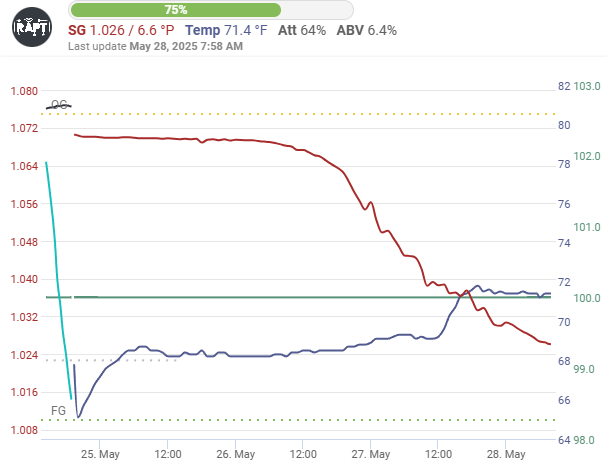So, I’m brewing a Belgian single tonight, Wednesday night . I will be fermenting in my Fermzilla all rounder. I am considering letting it go until mid day Sunday and racking it over to a keg so I can brew another batch to run in the Fermzilla. Then using a QD with tubing as a blowoff to let the Belgian finish up.
Is this a bad idea?
Is this a bad idea?
































![Craft A Brew - Safale S-04 Dry Yeast - Fermentis - English Ale Dry Yeast - For English and American Ales and Hard Apple Ciders - Ingredients for Home Brewing - Beer Making Supplies - [1 Pack]](https://m.media-amazon.com/images/I/41fVGNh6JfL._SL500_.jpg)

























